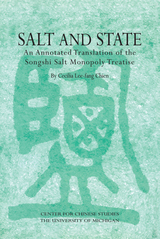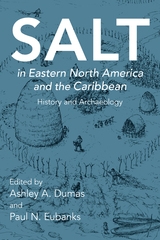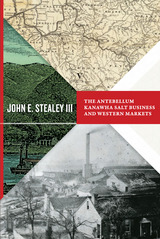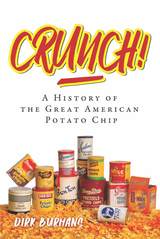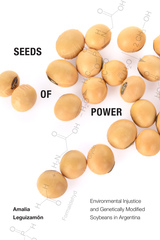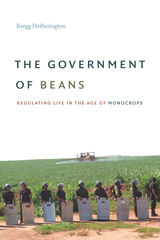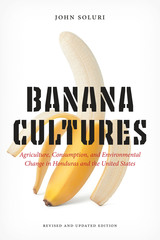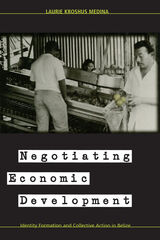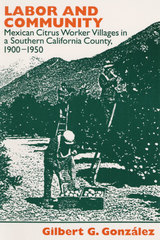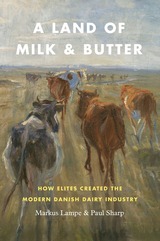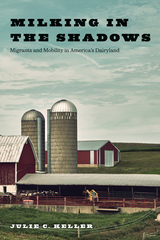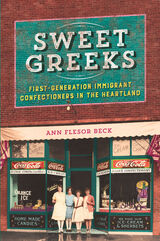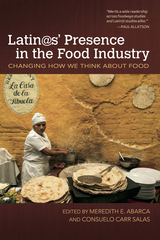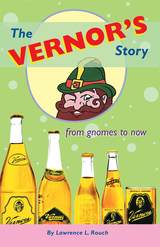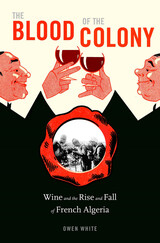Labor and Community: Mexican Citrus Worker Villages in a Southern California County, 1900-1950
University of Illinois Press, 1994
Cloth: 978-0-252-02097-1 | Paper: 978-0-252-06388-6
Library of Congress Classification HD9259.C53C254 1994
Dewey Decimal Classification 307.766
Cloth: 978-0-252-02097-1 | Paper: 978-0-252-06388-6
Library of Congress Classification HD9259.C53C254 1994
Dewey Decimal Classification 307.766
ABOUT THIS BOOK
ABOUT THIS BOOK
The emergence, maturity, and decline of the southern California citrus industry is seen here through the network of citrus worker villages that dotted part of the state's landscape from 1910 to 1960. Labor and Community shows how Mexican immigrants shaped a partially independent existence within a fiercely hierarchical framework of economic and political relationships. González relies on a variety of published sources and interviews with longtime residents to detail the education of village children; the Americanization of village adults; unionization and strikes; and the decline of the citrus picker village and rise of the urban barrio. His insightful study of the rural dimensions of Mexican-American life prior to World War II adds balance to a long-standing urban bias in Chicano historiography.
See other books on: 1900 - 1950 | Community | Employees | Mexican American agricultural laborers | Rural
See other titles from University of Illinois Press


